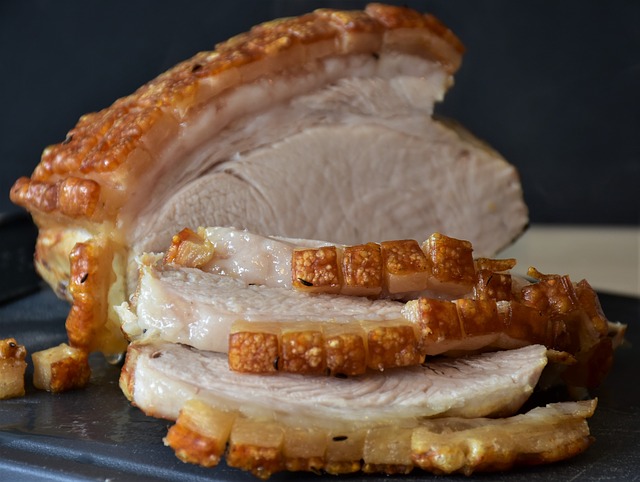Introduction
Protein shakes have become a popular dietary supplement for individuals looking to increase their protein intake. These shakes are commonly used by athletes, fitness enthusiasts, and individuals seeking to build muscle mass. However, it is important to know how long protein shakes last to ensure their effectiveness and safety. In this article, we will delve into the shelf life of protein shakes and factors that can affect their longevity.
Shelf Life of Protein Shakes
The shelf life of protein shakes can vary depending on several factors, including the type of protein used, the presence of additional ingredients, and how the shake is stored. Generally, most protein shakes have a shelf life of around 1-2 years from the date of manufacture. However, it is crucial to check the specific expiration date mentioned on the packaging.
Type of Protein: Different types of protein can have varying shelf lives. Whey protein, which is derived from milk, is one of the most common types of protein used in shakes. It typically has a longer shelf life compared to plant-based proteins like soy or pea protein. This is because whey protein has a lower risk of bacterial contamination due to its lower moisture content.
Additional Ingredients: Protein shakes often contain additional ingredients such as sweeteners, flavorings, and preservatives. These ingredients can affect the shelf life of the shake. Artificial sweeteners and preservatives can help extend the shelf life, while natural sweeteners like honey or maple syrup may shorten it. It is important to check the label for any specific storage instructions related to these additional ingredients.
Storage Conditions: Proper storage is crucial in maintaining the quality and safety of protein shakes. It is recommended to store them in a cool, dry place away from direct sunlight and heat sources. Exposure to heat and sunlight can degrade the protein and reduce its effectiveness. Additionally, protein shakes should be tightly sealed to prevent moisture and air from entering, as these can lead to spoilage.
Signs of Spoilage
While protein shakes generally have a long shelf life, it is essential to be aware of signs of spoilage to ensure their safety. Consuming spoiled protein shakes can lead to foodborne illnesses and other health issues. Some common signs of spoilage include:
1. Unpleasant odor: If the protein shake has a foul or off-putting smell, it is an indication that it has gone bad.
2. Change in texture: If the shake appears lumpy, clumpy, or has a separated consistency, it is likely spoiled.
3. Mold or visible growth: Any presence of mold or visible growth is a clear sign of spoilage and should be discarded immediately.
4. Unusual taste: If the protein shake tastes different or has a sour taste, it is best to err on the side of caution and avoid consuming it.
If you notice any of these signs, it is recommended to discard the protein shake to avoid any potential health risks.
Conclusion
Protein shakes can be a convenient and effective way to supplement your protein intake. Understanding the shelf life of protein shakes is crucial to ensure their effectiveness and safety. Factors such as the type of protein, additional ingredients, and storage conditions can influence how long protein shakes last. It is important to check the expiration date on the packaging and be aware of signs of spoilage to avoid consuming expired or spoiled protein shakes.
References
– Mayo Clinic: mayoclinic.org
– National Center for Biotechnology Information: ncbi.nlm.nih.gov
– Food and Drug Administration: fda.gov











